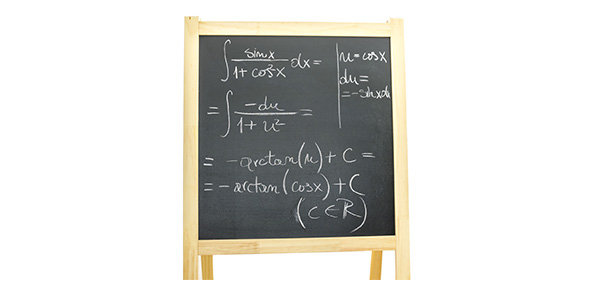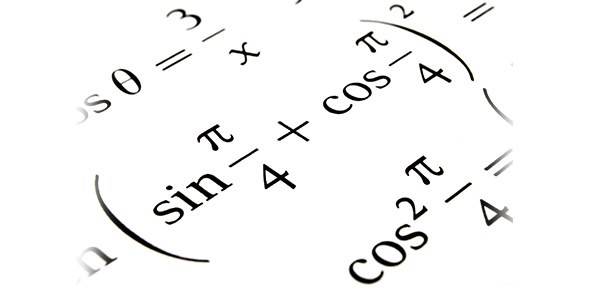Related Flashcards
Related Topics
Cards In This Set
| Front | Back |
|
Describe a frequency distribution.
|
A frequency distribution is a collection of observations produced by sorting observations into classes and showing their frequency (f) of occurence in each class.
*Refer to Table 2.1 on page 26*
|
|
When do we use frequency distribution for ungrouped data tables?
|
When observations are sorted into classes of single values, the result is referred to as a frequency distribution for ungrouped data.
|
|
When do we use frequency distribution for grouped data tables?
|
When observations are sorted into classes of more than one value, the result is referred to as a frequency distribution for grouped data.
*Refer to Table 2.2 on page 27*
|
|
What is Unit of Measurement?
|
The smallest possible difference between scores.
The size of the gap should always equal one unit of measurement; that is, it should always equal the smallest possible difference between scores within a particular set of data. For example, In well-constructed frequency tables, the gaps between classes, such as between 149 and 150 lbs, show clearly that each observation or score has been assigned to one, and only one, class. Since the gap is never bigger than one unit of measurement, no score can fall into the gap. In present case, in which the weights are reported to the nearest pound, one pound is the unit of measurement, and therefore, the gap between classes equals one pound. These gaps would not be appropriate if the weights had been reported to the nearest tenth of a pound. In this case, one-tenth of a pound is the unit of measurement, and therefore, the gap should equal one-tenth of a pound. The smallest class interval would be 130.0-139.9 (not 130-139), and the next class interval would be 140.0-149.9 (not 140-1149), and so on. These new boundaries would guarantee that any observation, such as 139.6, will be assigned to one, and only one, class. |
|
Where are the Real Limits located?
|
The real limits are located at the mid-point of the gap between adjacent tabled boundaries, that is, one-half of one unit of measurement below the lower tabled boundary and one-half of one unit of measurement above the upper tabled boundary.
For example, the real limits for 140-149 are 139.5 (140 minus one-half of the unit of measurement of 1) and 149.5 (149 plus one-half of the unit of measurement of 1), and the actual width of the class interval would be 10 (from 149.5-139.5=10). If weights had been reported to the nearest tenth of a pound, the real limits for 140.0-149.9 would be 139.95 (140.0 minus one-half of the unit measurement of .1) and 149.95 (149.9 plus one-half of one unit of measurement of .1), and the actual width of the class interval still would be 10 (from 149.95-139.95=10). |
|
What is an Outlier?
|
An outlier is a very extreme score.
|
|
What to do when we encounter an outrageously extreme value?
|
Attempt to verify its accuracy.
For instance, if we encounter an extreme value such as a GPA of 0.06, we can raise the question "was a respectable GPA 3.06 recorded erroneously as 0.06?" If the outlier survives an accuracy check, it should be treated as a legitimate score. |
|
What is Relative Frequency Distribution?
|
A frequency distribution showing the frequency of each class as a part or fraction of the total frequency for the entire distribution.
This type of distribution allows us to focus on the relative concentration of observations among different classes within the same distribution. In the case of the weight data in Table 2.2, it permits us to see that the 160s account for about 1/4 (12/53 =.23, or 23%) of all observations. This type of distribution is especially helpful when you must compare two or more distributions based on different total numbers of observations. For instance, as in Review Question 2.15, you might want to compare the distribution of ages for 500 residents of the United States. The conversion to relative frequencies allows a direct comparison of the shapes of these two distributions without having to adjust for the radically different total numbers of observations. |
|
How to convert a frequency distribution into a relative frequency distribution?
|
To convert a frequency distribution into a relative frequency distribution, divide the frequency for each class by the total frequency for the entire distribution.
|
|
Percents and Proportions?
|
A proportion always varies between 0 and 1, whereas a percent always varies between 0 percent and 100 percent.
|
|
Cumulative Frequency Distributions
|
Cumulative frequency distributions show the total number of observations in each class and in all lower-ranked classes.
This type of distribution can be used effectively with sets of scores, such as test scores for intellectual or academic aptitude, when relative standing within the distribution assumes primary importance. --Under these circumstances, cumulative frequencies are usually converted, in turn, to cumulative percents. --Cumulative percents are often referred to as percentile ranks. |
|
Constructing Cumulative Frequency Distributions
|
To convert a frequency distribution into a cumulative frequency distribution, add to the frequency of each class the sum of the frequencies of all classes ranked below it.
This gives the cumulative frequency for that class. The most efficient procedure is to begin with the lowest-ranked class in the frequency distribution and work upward, finding the cumulative frequencies in ascending order. In Table 2.6, the cumulative frequency for the class 130-139 is 3, since there are no classes ranked lower. The cumulative frequency for the class 140-149 is 4, since 1 is the frequency for that class, and 3 is the frequency of all lower-ranked classes. |
|
Cumulative Percents
|
If relative standing within a distribution is particularly important, then cumulative frequencies are converted to cumulative proportions or percents. A glance at Table 2.6 reveals that 75 percent of all weights are the same as or lighter than the weights between 170 and 179 pounds.
To obtain this cumulative percent (75%), the cumulative frequency of 40 for the class of 170 to 179 should be divided by the total frequency of 53 for the entire distribution. *Refer to Cumulative Frequency Distribution layout on page 35* |
|
Percentile Ranks
|
When used to describe the relative position of any score within its parent distribution, cumulative percents are reffered to as percentile ranks.
The percentile rank of a score indicates the percentage of scores in the entire distribution with similar or smaller values than that score. Thus a weight has a percentile rank of 80 if equal or lighter weights constitute 80 percent of the entire distribution. |
|
Exact Percentile Ranks (from Ungrouped Data)
|
When cumulative percents have been obtained from frequency distributions for ungrouped data, the assignment of exact percentile ranks is fairly straightforward.
Table 2.7 shows ungrouped data based on the reports of 20 college students. --First obtain cumulative frequencies (by adding to the frequency for each score the frequencies of all smaller scores) --Then calculate the cumulative percents or percentile ranks (by dividing each cumulative frequency by the total frequency of 20 and multiplying by 100). Table 2.7 lists the exact percentile ranks for each different number of romantic affairs. For example, located at the upper end of the distribution, five affairs has a percentile rank of 90 percent of their classmates (and, therefore, might qualify for the runner-up award as "most fickle"). |







